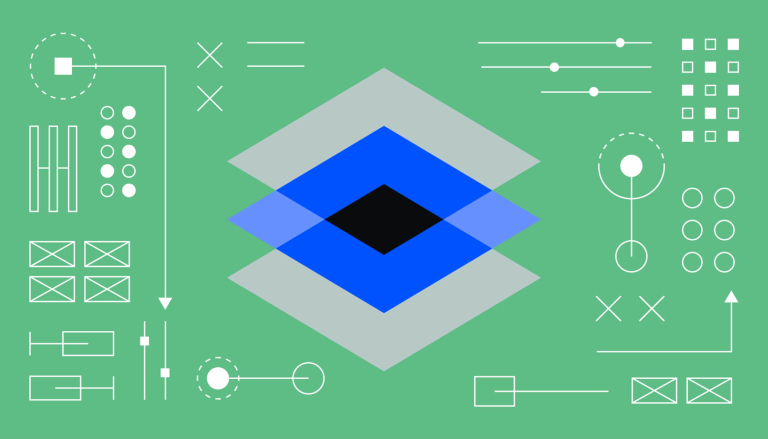Bitcoin block reward, block size, block time: what's the difference?

Bitcoin block reward, block size, and block time are integral aspects of Bitcoin's blockchain technology.
Block reward is the motivation for miners to validate transactions, block size restricts the volume of data that can be stored in a block, and block time is the average duration required to create a new block.
Grasping these concepts is important for those exploring Bitcoin and blockchain technology.
What is a Bitcoin Block Reward?
A block reward is a form of compensation given to cryptocurrency miners for validating blocks of transactions on a blockchain. This reward is typically a portion of transaction fees and newly minted cryptocurrency tokens. The process of verifying and adding transactions to a blockchain, known as mining, requires computational energy and resources. The block reward rewards miners for these efforts, ensuring the operation and maintenance of the blockchain.
The amount given to the successful miner depends on the blockchain. For instance, Bitcoin's block reward is currently 3.125 bitcoins plus mining fees. This reward undergoes a halving approximately every four years (or every 210,000 blocks), a process designed to control the supply of bitcoins and prevent inflation.
What is Bitcoin Block Size?
The block size in a Bitcoin blockchain refers to the amount of data that can be stored in a block. This size is limited to maintain the efficiency and integrity of the blockchain. The Bitcoin block size is not strictly limited to one megabyte.
With the implementation of Segregated Witness (SegWit), the size of Bitcoin blocks can effectively be up to 4 megabytes, although the size of blocks in practice is generally around 2 megabytes. This limit means that the number of transactions that can be included in a block is finite, which can lead to slower transaction times and higher fees when the network is busy.
The block size limit has been a subject of debate within the Bitcoin community, with some arguing for an increase to allow more transactions per block. However, others caution that larger blocks could lead to greater centralization, as only miners with more powerful hardware would be able to process larger blocks.
What is Bitcoin Block Time?
Block time refers to the average time it takes to create (or mine) a new block on the blockchain. In the case of Bitcoin, the average block time is approximately 10 minutes. This time is necessary to maintain the integrity of the network, as it gives miners enough time to validate transactions and prevents the double-spending problem.
Block time is also a factor in the difficulty of the mathematical problem that miners must solve to add a new block to the blockchain. If blocks are being added too quickly, the difficulty increases; if blocks are being added too slowly, the difficulty decreases. This adjustment helps keep the block time at around 10 minutes.
Grasping these three concepts - block reward, block size, and block time - is important for those exploring Bitcoin and blockchain technology. They are integral to Bitcoin's operation and contribute to its decentralization and integrity.


